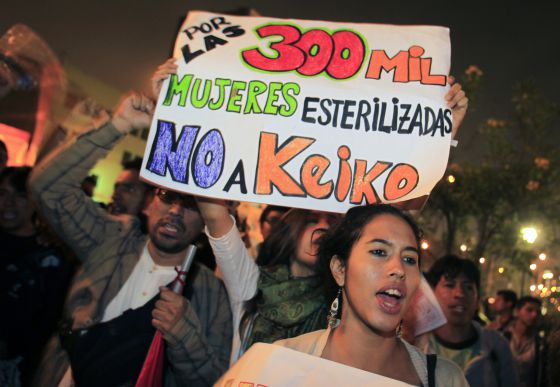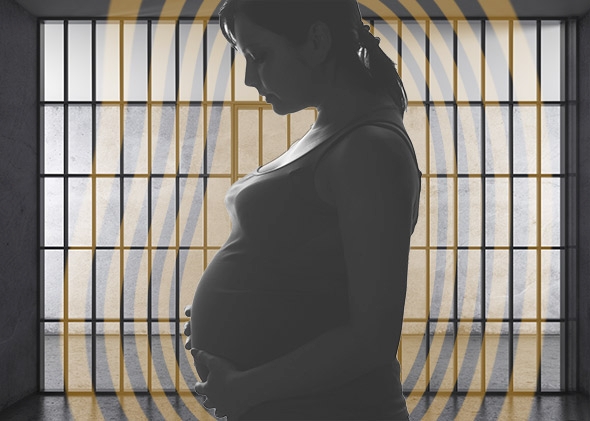
HURRY UP PLEASE IT’S TIME
HURRY UP PLEASE IT’S TIME
T.S. Eliot, “The Waste Land”
It’s the end of another year, and, for many reasons, many wonder, “Where has the time gone?” What is time? When it comes to housing, affordable housing, eviction, not to mention any sense of justice or humanity, time is crucial, as two concurrent news reports demonstrate. One, “New law could help tenants facing eviction stay in their homes”, describes the situation in California, while the other, “Tenants On the Wrong Side Of Policy”, describes the situation in Oklahoma. To cut to the chase, while conditions for tenants in California may be improving, and it’s important to note the conditional here, in both California and Oklahoma, the situation is dire, and the world is extraordinarily cruel.
In November, 62% of Californians who voted rejected Proposition 33, which would have expanded local jurisdictions’ ability to impose local rent control measures. While this was a major defeat for housing advocates (and a major victory for landlords, realtors, hedge funds and others who had invested heavily in opposing the measure), there is something like a bright spot on the horizon, a new state law, Assembly Bill 2347, extends the time to respond to an eviction filing from five days to ten days. Think of that, five days. As it now stands, a tenant is served an eviction notice and must respond in writing within five days, or else they lose their case, and home, by default. The can, and generally do, incur financial penalties, and, of course, they have the Scarlet E, for eviction, on their record. It makes absolutely no difference if the tenant has a legal defense. Landlord increased your rent over the legal limit? If you didn’t respond, in writing, within five days, you’re guilty and potentially homeless. If your landlord refused maintenance and then filed for eviction, if you didn’t reply in writing, you’re out, out of luck, out of housing, out of a home. Almost half of California tenants lose their homes this way.
So now, starting in January, that time will be extended from five days to ten days, and that is the full extent of hope: “Five days has never been enough for a tenant to find legal assistance and try to decipher the complaint filed against them, find out what kind of defenses they have, fill out the paperwork and make it to court”. Ten days doubles the time, but is that enough? Who decides what is “enough time”?
Across the country, from reliably “blue” California to reliably “red” Oklahoma, the picture is similarly grim, except, perhaps, even more so: “with an estimated 3.6 million evictions filed each year, Oklahoma is among a group of states considered landlord-friendly. Landlord-friendly states have no rent control, cheap and simple eviction processes and low property taxes.”
In Oklahoma, the period between receipt of an eviction filing and a court date is three days. That means a renter has to come up with a defense and take time off from work in a matter of 72 hours. So, many tenants miss their court date because they can’t arrange their work schedule. In 2023, for example, 73% of cases ended in eviction because the tenant didn’t show up. In Oklahoma, you can receive your eviction notice on Monday, have your court hearing on Thursday, and find sheriffs knocking at your door on Friday. Who engages in such cruel practices? “The quick time frame of Oklahoma evictions feeds the practice of serial evictions used by some corporate landlords to make more profit. Corporate landlords file most Oklahoma evictions.”
What is time? A while back, a major Tulsa landlord decided to file evictions on the 11th of the month rather than the 6th. Guess what happened? The apartment complex saw a 50% drop in evictions. That’s not just a drop in eviction filings; that’s a drop in evictions. What is time? Some say time is money, but we all know time is life. Moving from five days to ten days can save a family. Children can stay in school. People can remain in community, with all its formal and informal supports. Life can go on. So, when it comes housing, please, please, don’t hurry up. Slow down. Melt the watch. It’s time.
(By Dan Moshenberg)
(Image Credit: Salvador Dali, “The Persistence of Memory” / MoMA)









